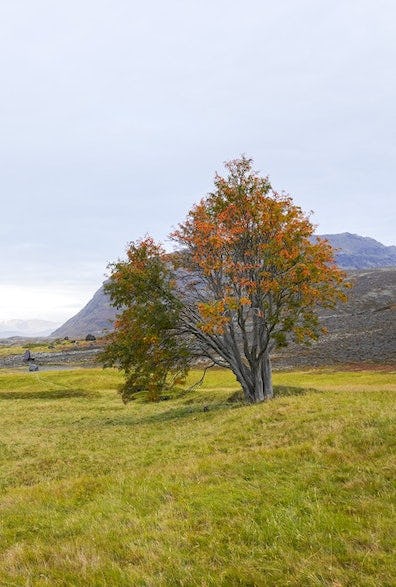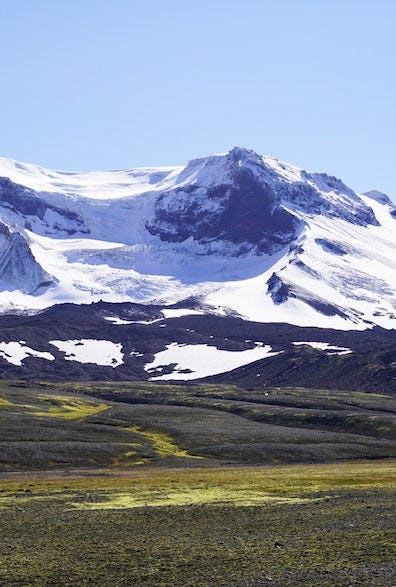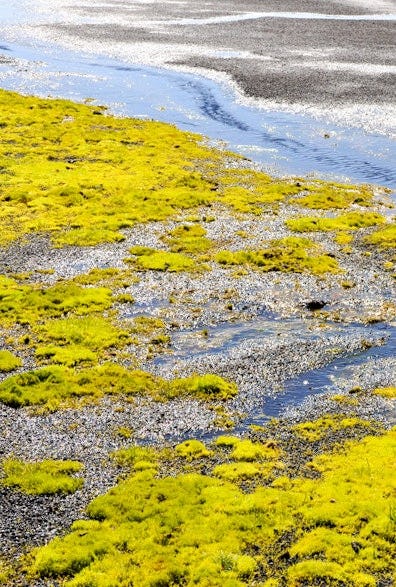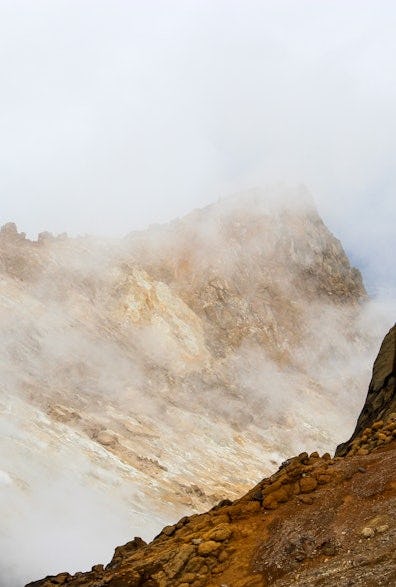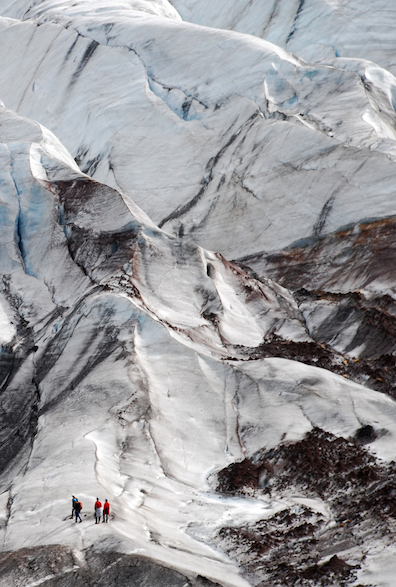Wilderness
Vatnajökull National Park has vast swathes of uninhabited land and deserts. They are part of the major wilderness areas of Iceland, which are currently being threatened, and this is not only true for Iceland but also in many other places in the world.

Uninhabited wilderness certainly has value for present and future generations, since it is possible to experience nature in nearly unspoiled environments in wilderness areas, and they offer opportunities for solitude and a reliance on individual strengths and skills far away from modern comforts. Wilderness is also important for ecosystems and their development unaffected by human spheres of influence.
The largest wilderness area in the National Park is the glacier itself. The boundaries of this wilderness area do not necessarily correspond to the edges of the glacier. In the some places there are buildings that are so close to the glacier that the part of it that is closest to the relevant building cannot be considered a wilderness by the legal definition of uninhabited wilderness according to the Nature Conservation Act no. 60/2013. Similarly, territory that is located on the fringes of the glacier but not part of it can be considered wilderness provided that it is at a sufficient distance from human constructions and that the ice sheet provides the required landmass.
